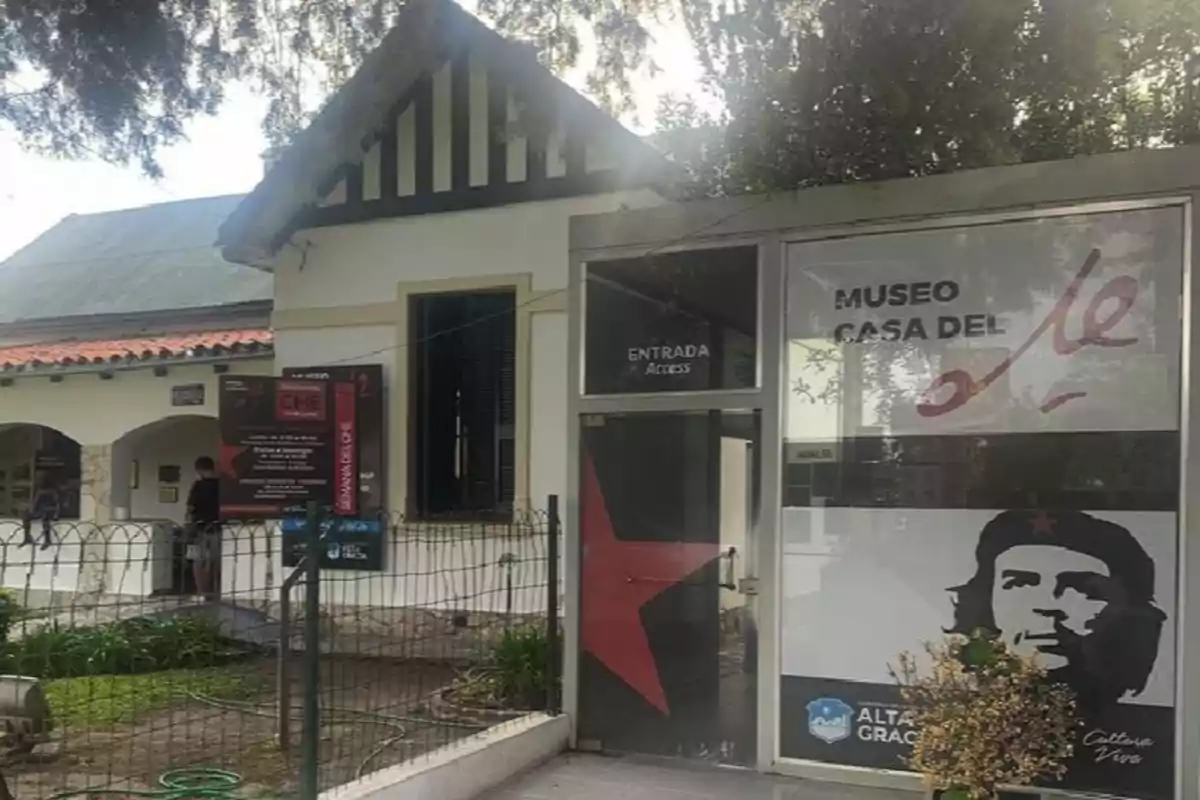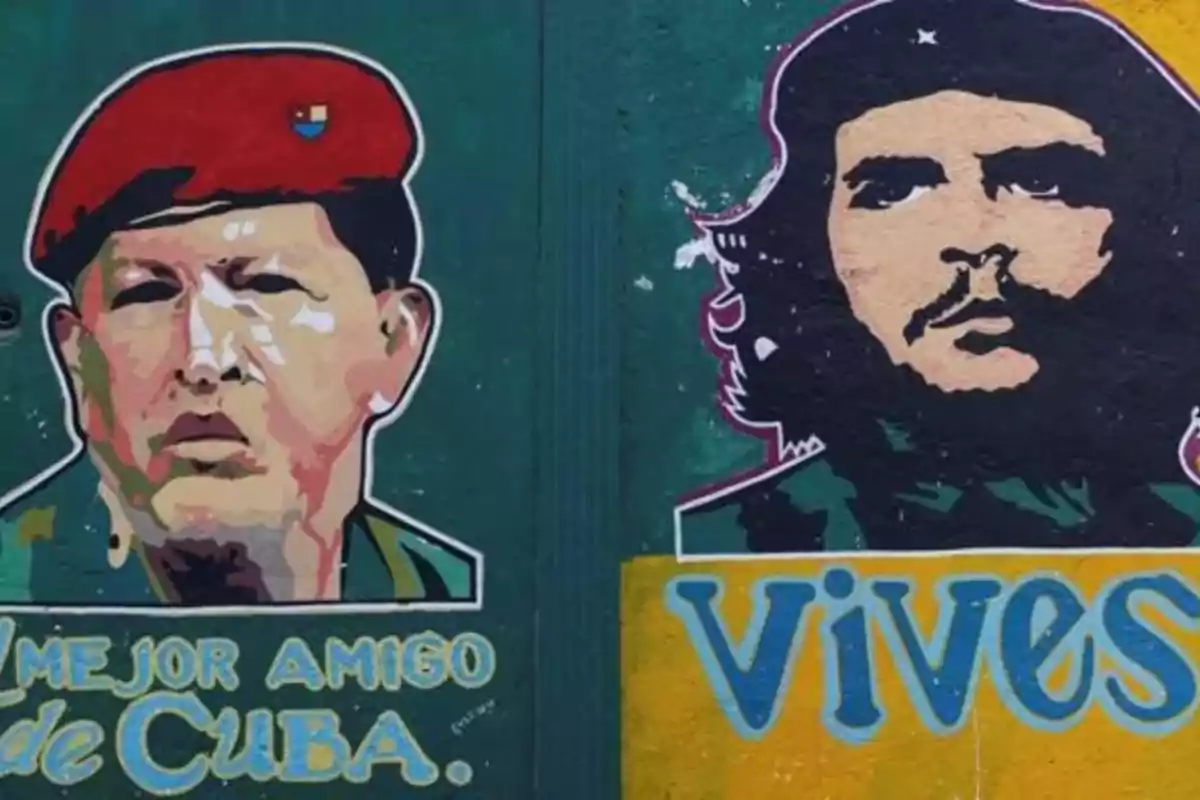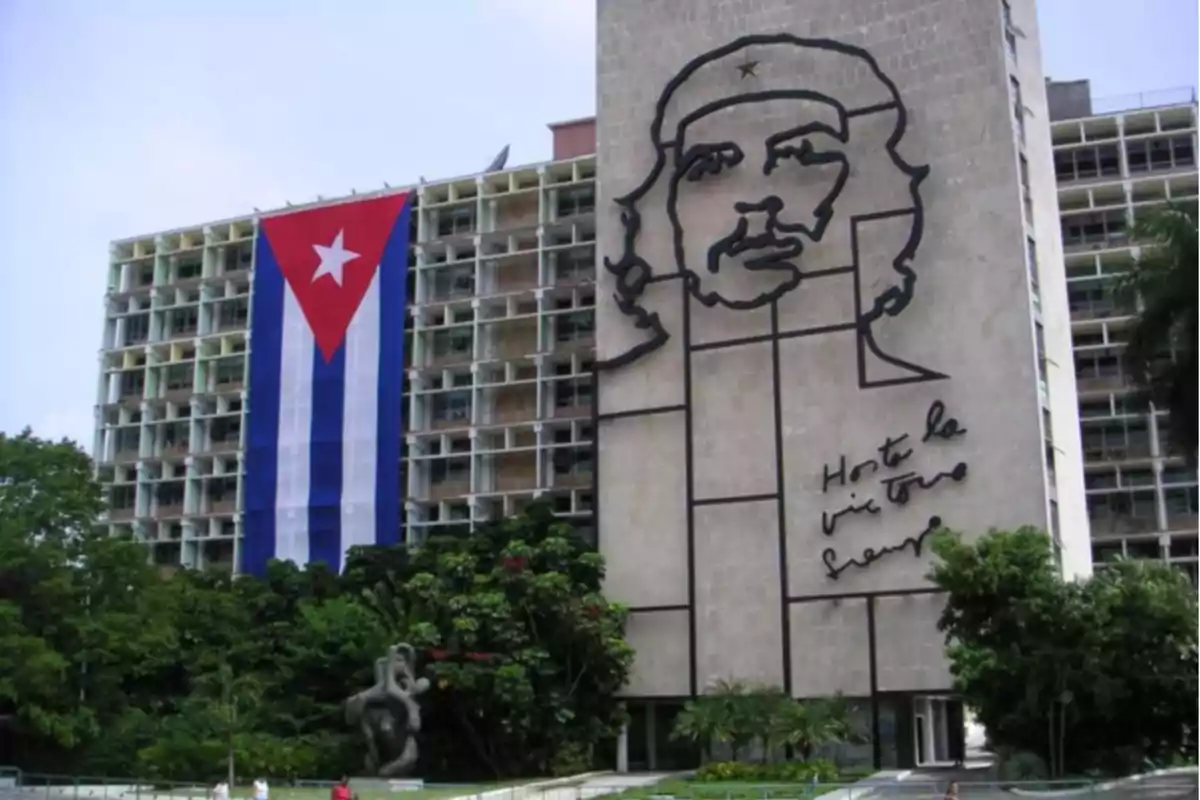
Alta Gracia: Che Guevara, the communist, is honored with public funds
Highlighting his authoritative figure, the municipality is organizing three days of activities at the museum where the guerrilla fighter lived
In the 22nd edition of "Che Week," the municipality of Alta Gracia will hold three days of activities vindicating the figure of the communist. This event exalts the figure of Ernesto "Che" Guevara, a figure strongly linked to the Cuban regime and revolutionary violence. This will take place from June 13 to 15 at the Che House Museum, the place where he lived briefly during his childhood.
Despite his authoritarian past, Guevara continues to be the subject of state-sponsored celebrations, especially in educational and cultural settings. The event, organized by the Peronist administration of Marcos Torres Lima, includes children's theater, talks, and literary presentations. All of this is funded with municipal funds, in a city with other, more urgent priorities.

Guevara's authoritarianism, his lesser-told past
Ernesto Guevara was born in Rosario in 1928 and lived part of his childhood in Alta Gracia, where he was treated for chronic asthma. Although he came from a well-off middle-class family, from a young age he showed sympathies for Marxist and revolutionary ideas. His medical training did not prevent him from later becoming a promoter and executor of armed methods to impose a regime.
During his travels throughout Latin America, Guevara expressed a growing admiration for Soviet communism and armed struggle. In June 1955, he joined Fidel Castro's group and actively participated in the seizure of power through revolutionary violence against Batista. From then on, he abandoned any humanitarian vocation to become a hardline ideological cadre.

Repression, executions, and control: his role in the Cuban regime
After the triumph of the Cuban revolution in 1959, Guevara was appointed head of the revolutionary tribunal at La Cabaña. There, he ordered summary executions of political opponents, businessmen, and military personnel, without basic judicial guarantees. According to the writer Nicolás Márquez, an estimated 216 murders and approximately 1,500 people were executed by his order, which he himself justified with ideological pride.
In addition to his role in repression, he was president of the Central Bank and Minister of Industry in Cuba. During his administration, he implemented statist economic policies that failed and plunged the country into shortages. His contempt for freedom of expression was reflected in phrases such as: "you can't be a revolutionary and have freedom of the press."

Ideas that failed
Guevara defended the idea that communism should be imposed by force throughout Latin America. He tried to expand guerrilla movements in Congo and Bolivia, where he was eventually captured and executed in 1967. His legacy includes the romantic cult of progressive sectors, but also a record of violence and authoritarianism.
More posts: